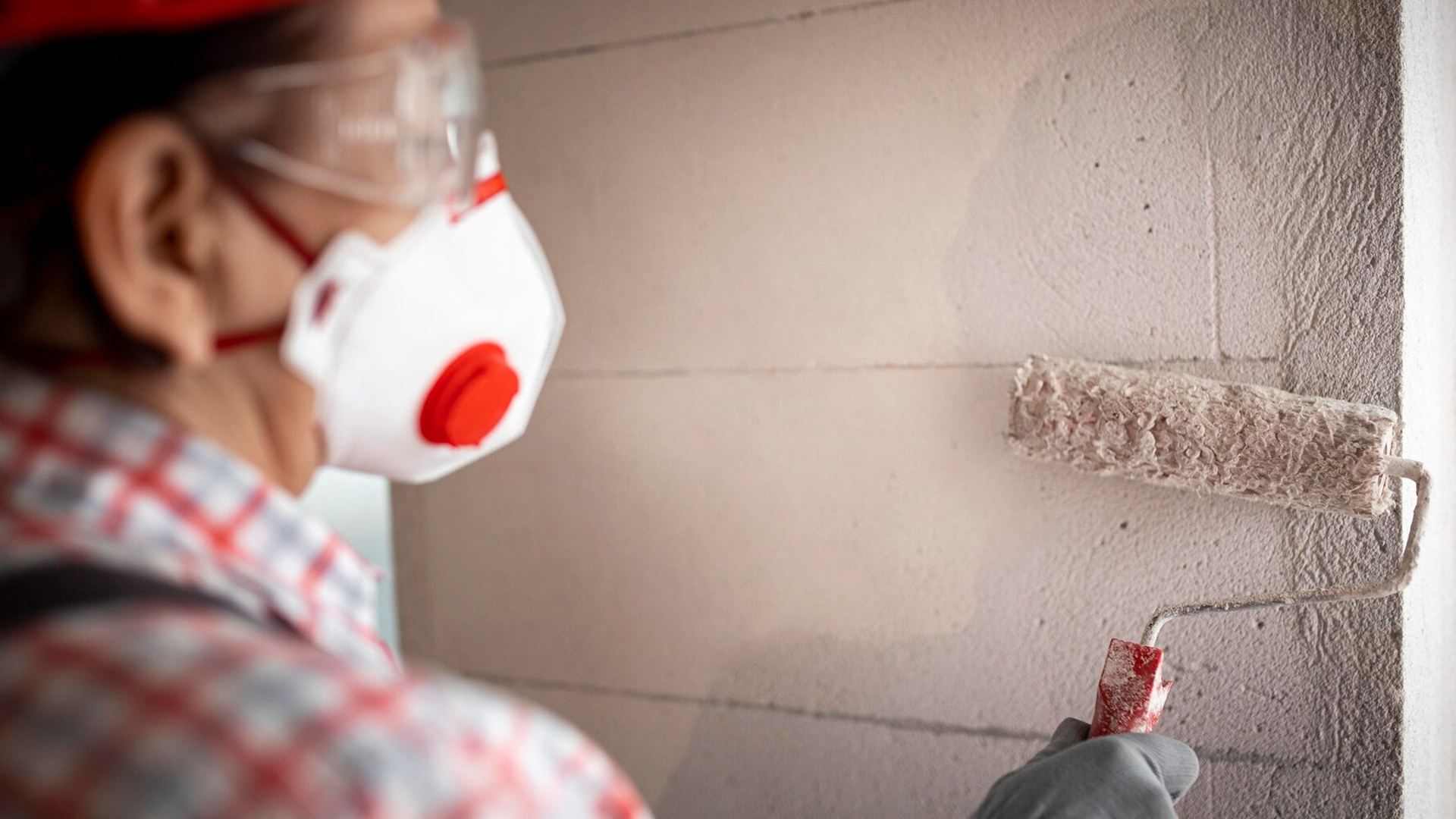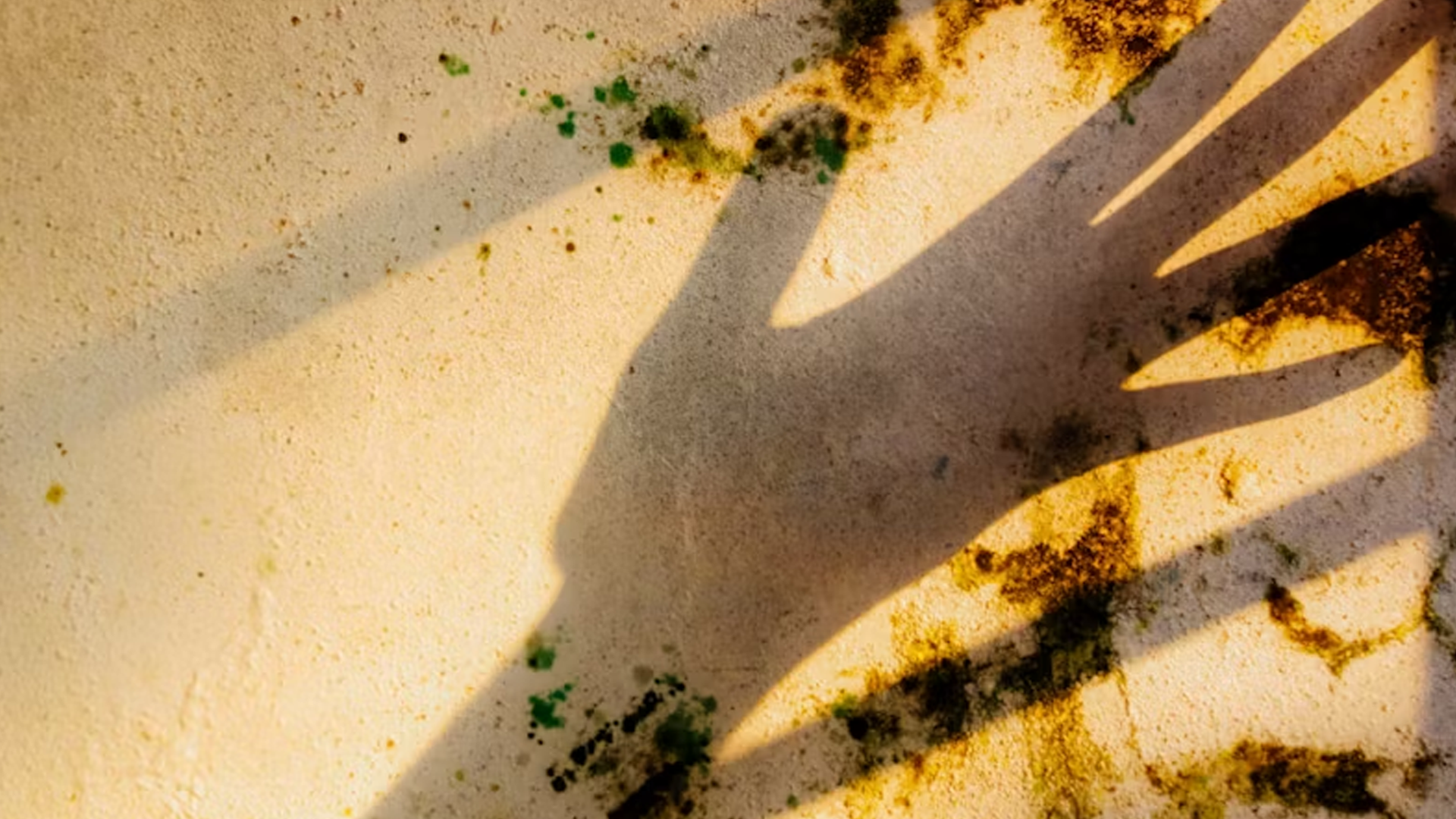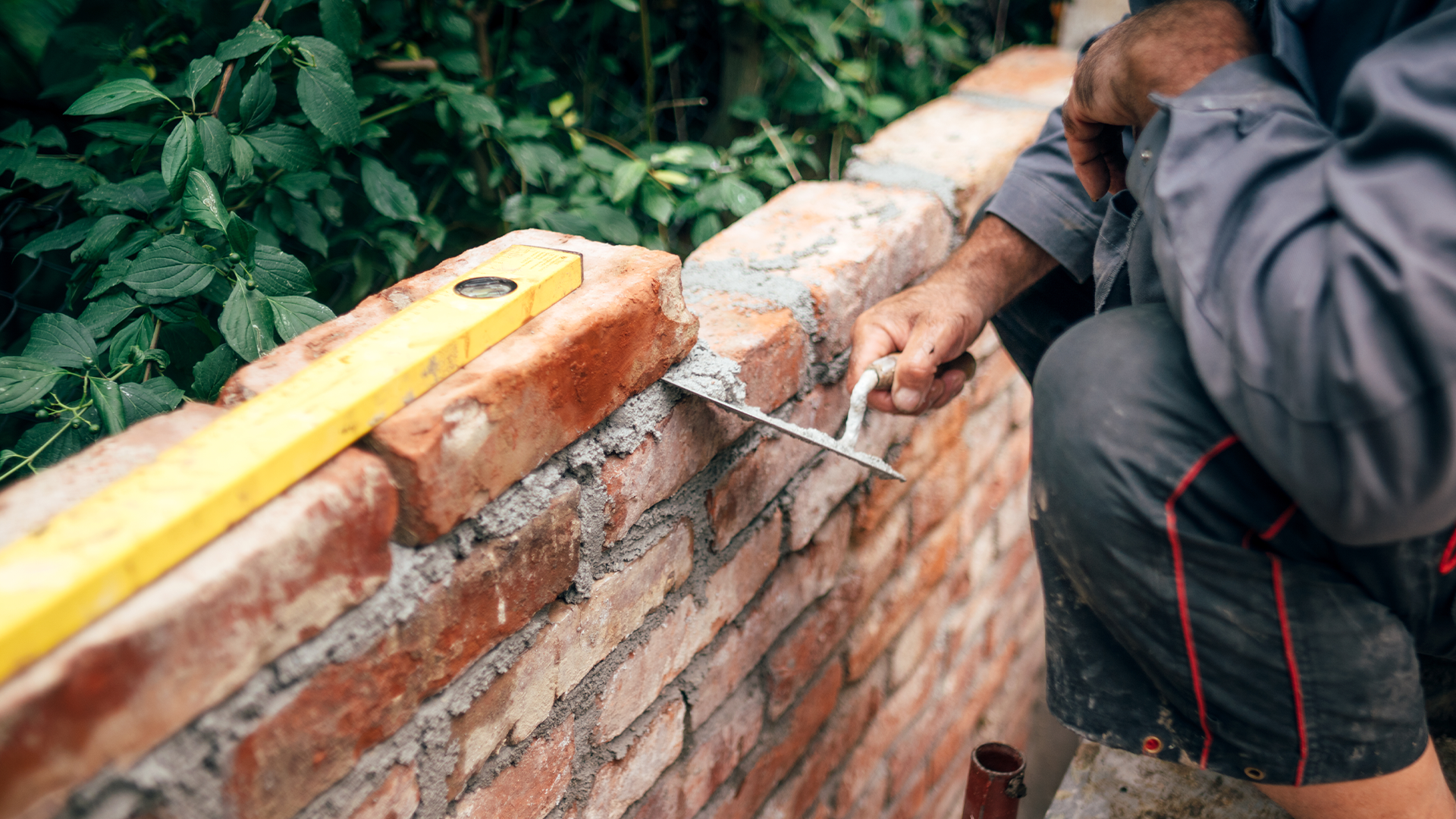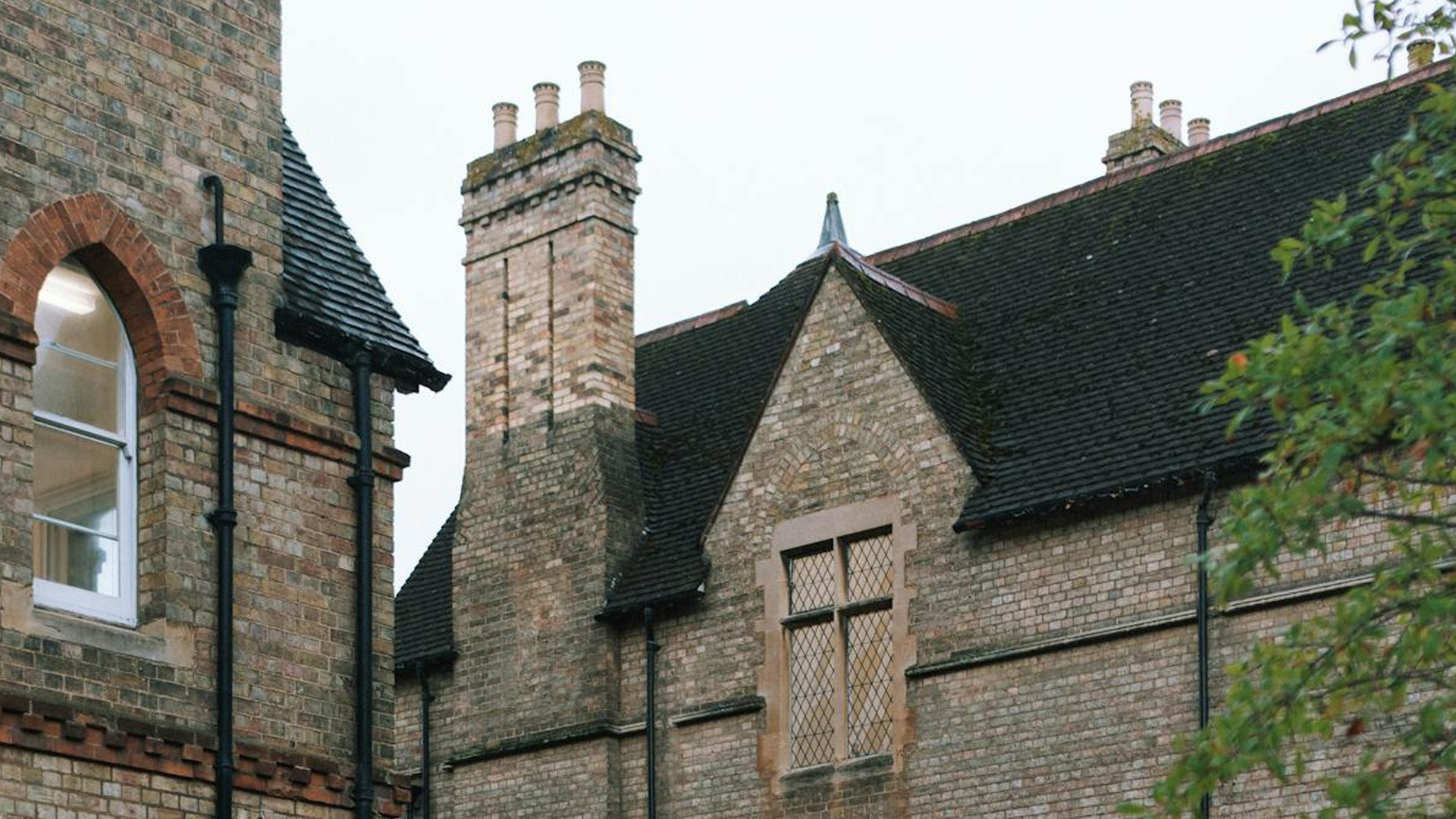Do you know, masonry paint contains harmful fumes?
The long, moist months of fog, mist, and rain, the icy cold winters, the soggy springs, and the unfavourable summer climate may all be highly taxing on a building’s façade. What harm does this cause to our homes, and why not just have the external walls painted every year rather than spending a little bit more on something more long-lasting?
So what to use if masonry paint isn’t an option?
There are several ways to decorate your home’s exterior using paint, both in the DIY and trade markets.
That includes a variety of outside wall coverings, including coloured render, pebbledash, Tyrolean, and classic masonry paint. However, these offer nothing more than décor for the exterior walls, so how to protect them from the impacts of the British weather?
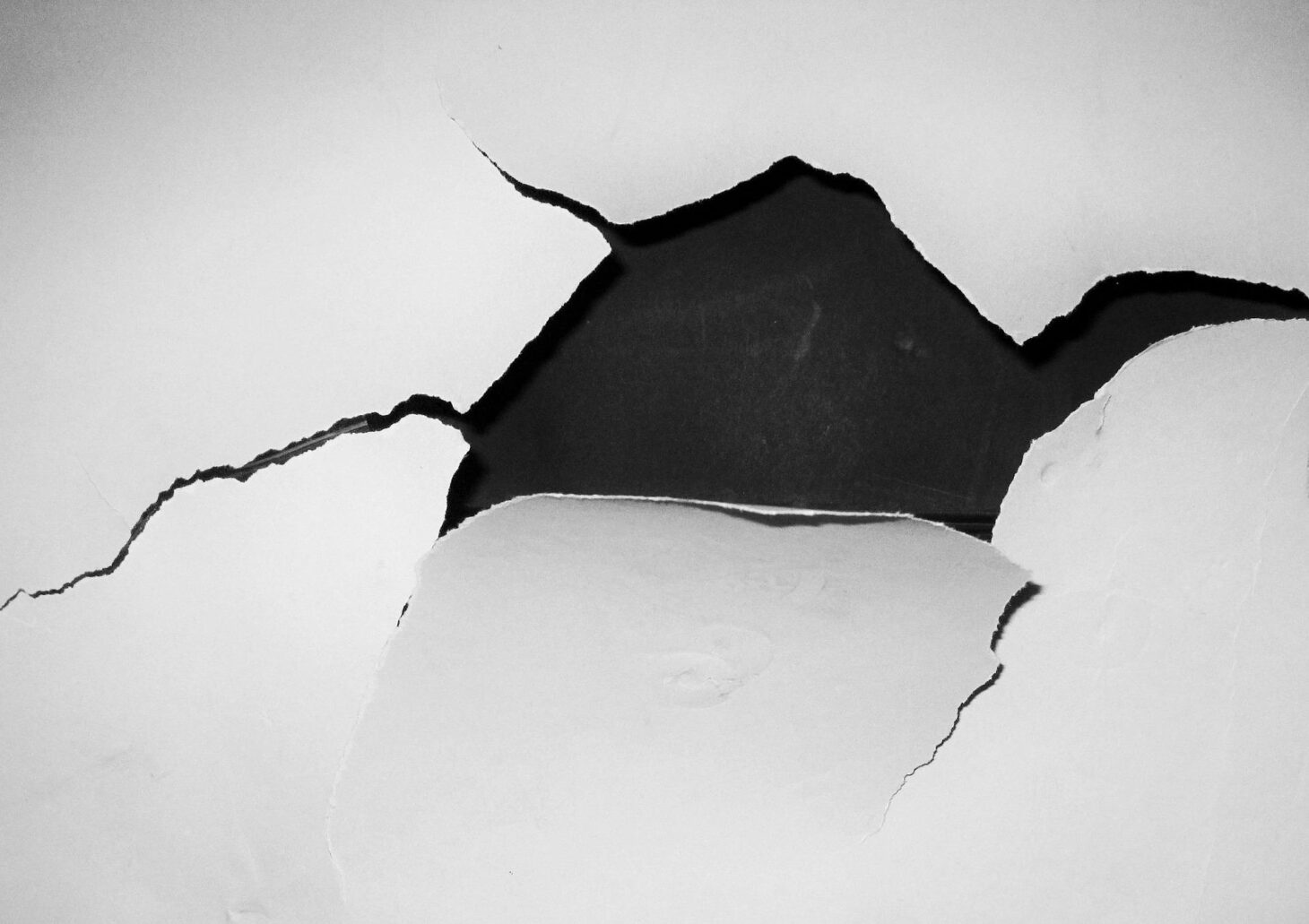
Why does a house require defence rather than merely ornamentation?
There are excellent strategies to guard your house against weathering, moisture, and water intrusion.
A surprising number of British homes have wet walls, an issue that can be solved in several ways, some of which are more efficient than others, either by avoiding moisture or by making repairs that will keep damp from entering the property.
Not paint, but wall coatings!
The issue with most conventional wall coatings is that, as was already noted, painting a house’s outside walls serves to adorn the walls rather than protect them. Regular house paint frequently contains an unexpectedly high amount of water.
This implies that if you paint the exterior of your home with regular exterior paint, you are painting with coloured water.
You don’t need to be a scientist to understand that coloured water won’t keep the water and rain out of your house!
There are other ways for water to infiltrate the house, and you can end up with moist, damp walls.
What happens if the walls are allowing water to enter? The causes of this can include inadequately sealed windows, leaking pipes or gutters, missing roof tiles, and more. However, these are very simple to discover and remedy.
You don’t have to be an expert builder to understand that the condition is terrible, will get worse if it is not rectified immediately, and in the worst circumstances, can cause internal wood to rot, including flooring, door frames, skirting boards, and other items.
What happens if moisture starts to seep into the house’s walls?
The walls of your home will deteriorate over time owing to weather damage, as previously stated, if you reside in a house with a more traditional exterior wall finish, such as pebbledash or smooth render.
Additionally, suppose the exterior walls of your home are made of bare brick. In that case, these walls may also sustain weather-related damage, including loose pointing, external wall erosion, disfigured bricks, and other issues. Each of these situations will negatively impact your property.
If something similar is now happening to your home, act instantly.
Cracks may develop, sometimes large or small, when the elements assault your property and destroy the exterior face of the walls.
If and when this occurs, it will begin to enable moisture to enter the wall, which will freeze in cold temperatures and expand further, resulting in even more damage. This is similar to an ice cube in one of those tiny plastic trays.
Water seeps in and freezes when the render is damaged, forcing the rendering away from the wall.
The state of your home’s walls will deteriorate more. As a result, forcing you to spend much more money than you would have if you had just had the property appropriately fixed in the first place.
So, can the house with regular masonry paint prevent it from being eroded by the weather?
Unfortunately, it won’t. Most masonry paints are coloured water, so putting something on the walls that include additional water isn’t the best option if your home allows water to enter.
Even so, the house might seem lovely for about a year before you have to start over.
In conclusion, even the highest-grade exterior masonry coatings won’t protect your home’s walls.
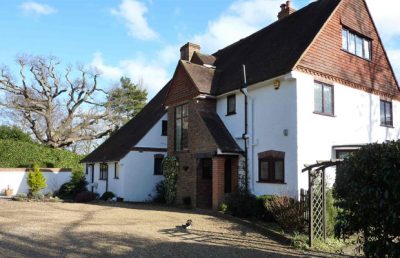
Which option would be best for external walls?
The ideal choice would be to spend a bit of additional money to have a waterproof exterior wall coating placed on the outer walls of your home.
Exterior spray applied coatings are comparable to highly durable paints, which were first created by the American military following World War II and have since undergone continuous improvement and modification to become the high-performance paints we see today on the market.
These external wall coatings are best defined as a thick, dense coating that can only be applied by a specialist and is too thick to be done by hand or by a do-it-yourself painter.
They contain many more components than regular house paint. Thus an expert wall technician must apply them at a high pressure using a special airless spray pump.
This is a perfect option if you want to acquire a house painting quote for something that will last for a long time.
What makes a wall covering so beneficial?
Although most wall coating businesses offer a warranty, what happens if they go out of business? An external wall coating system put into your home will outlast standard masonry paint for approximately 25 years.
Well, don’t worry; a few businesses currently offer a guarantee. In the unusual event that you ever need to make a claim, everything is fully covered.
So how much does coating a wall cost?
Since no two homes are exactly alike, any wall painting company would need to at the very least meet you there to take a look around.
This implies that measurements are taken, the exterior of the building is evaluated, and a firm estimate can only be provided once all of these steps have been completed.


